Points of Interest
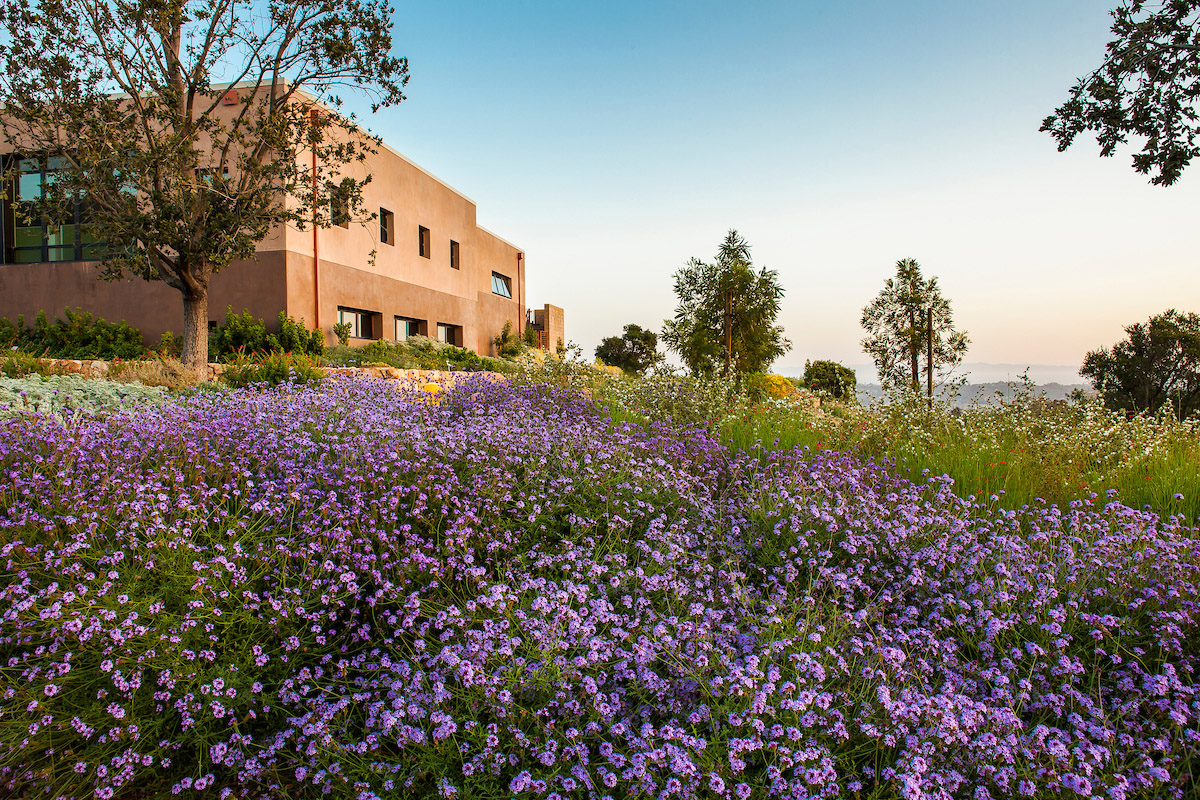
Points of Interest
Historic & Memorable Moments
Whether you want to take in the beauty, explore our rich history and historical landmarks, or learn more about conserving California’s native plants, there is plenty to explore around Santa Barbara Botanic Garden for everyone. Plan your visit, we can’t wait to see you here!
Garden Features
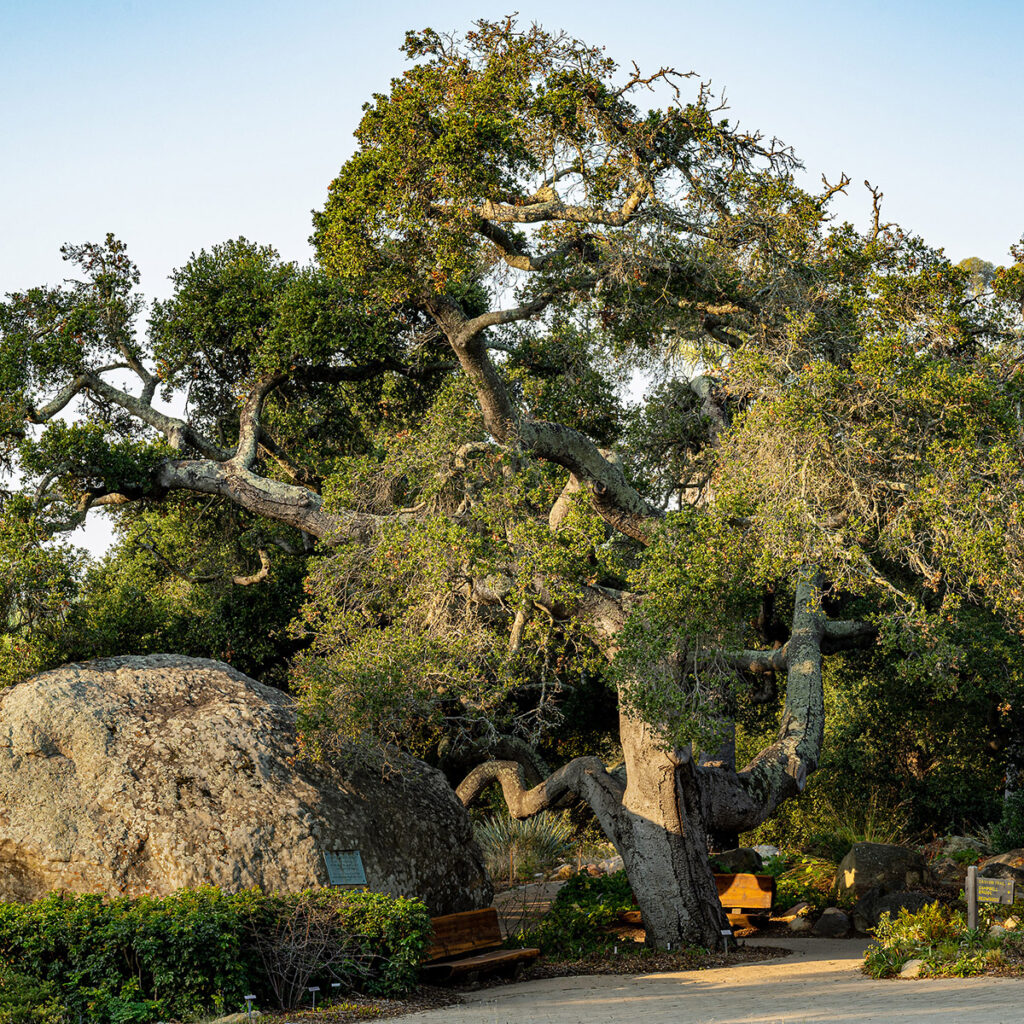
Blaksley Boulder
This massive sandstone boulder was dedicated by Anna Dorinda Blaksley Bliss, the donor who helped establish the Garden. The Boulder is dedicated in honor of her father. The impressive boulder was brought to its current location by a massive debris flow around 12,000 years ago.
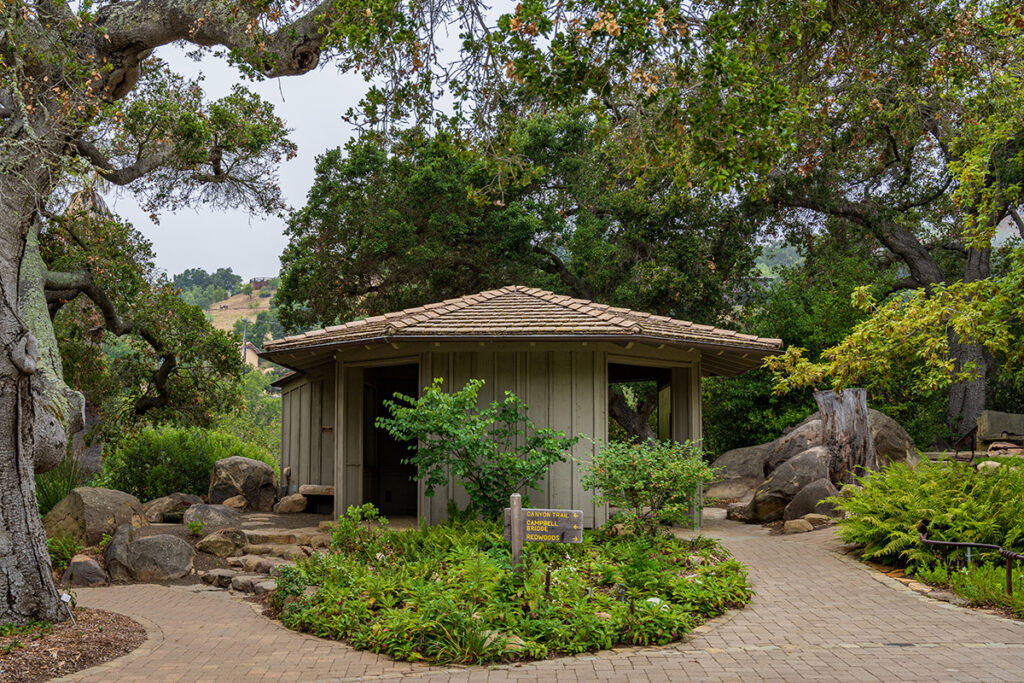
Information Kiosk
Built in 1938, the Information Kiosk was created to display educational material and points of interest in the Garden. Designed by architect Lockwood de Forest Jr., this kiosk features open sides which are designed to frame views of the garden.
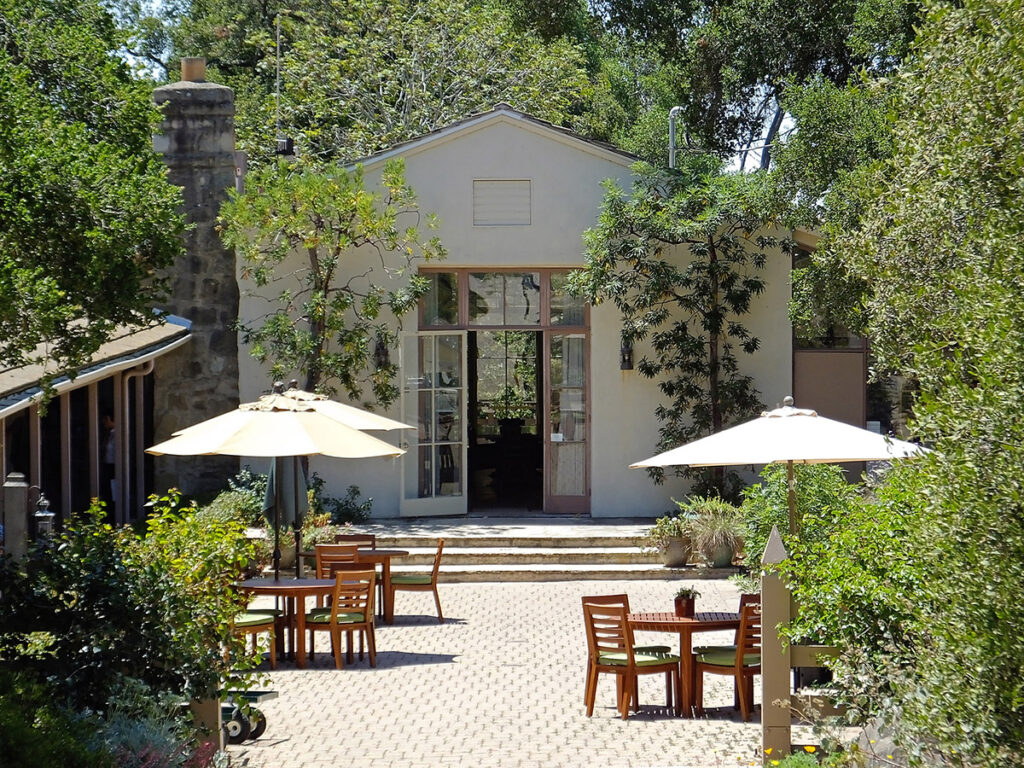
Blaksley Library
Built in 1941, the Library supports the Garden as an educational institution. The courtyard features a pruned hedge of lemonade berry (Rhus integrifolia) and sandstone flagstone. The Library is available to browse by appointment.
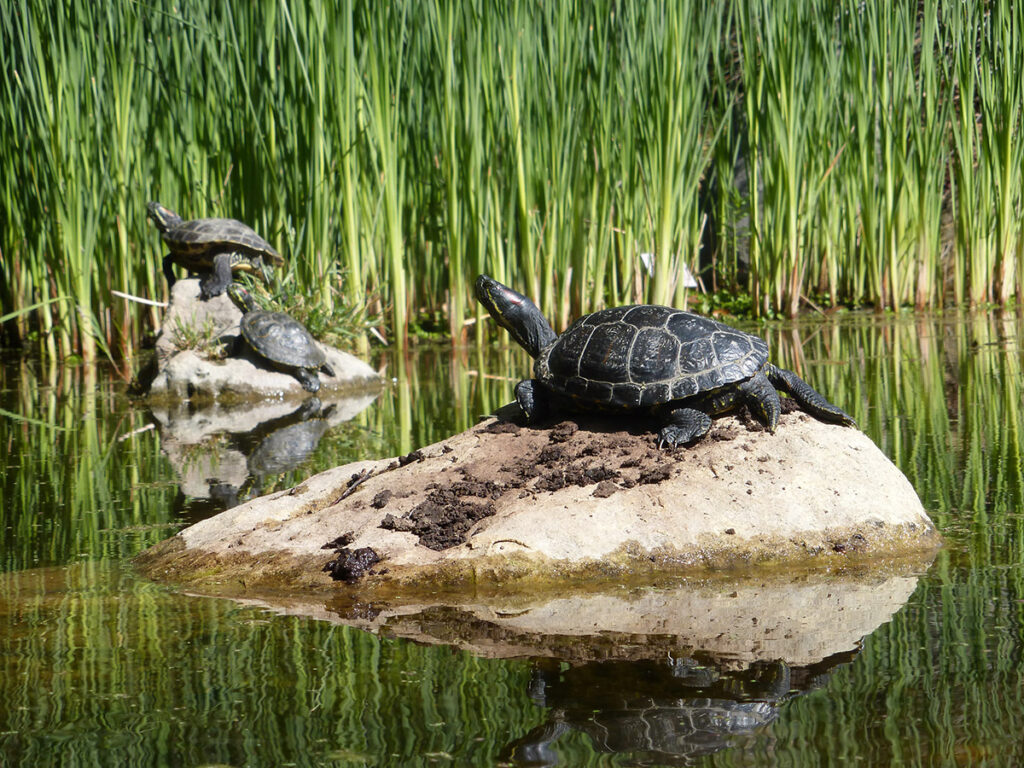
Meadow Pond
This water feature was created in 1928 as an addition to the Desert Section. Shortly afterward, it was converted to showcase aquatic and streamside plants of the chaparral. The human-made creek bed and waterfall are still functioning with maintenance from our dedicated staff.
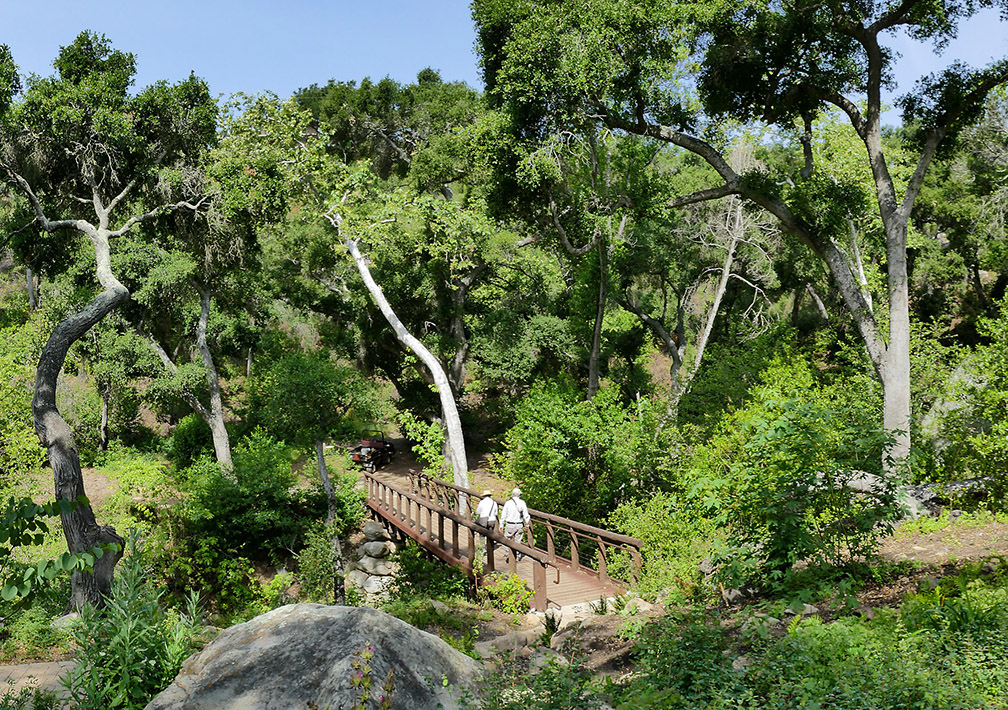
Campbell Bridge
The construction of the Campbell Bridge in 1941 made the Canyon Section on the west side of Mission Creek accessible for the first time. The bridge was destroyed in 2009 by the Jesusita Fire and rebuilt in 2013.
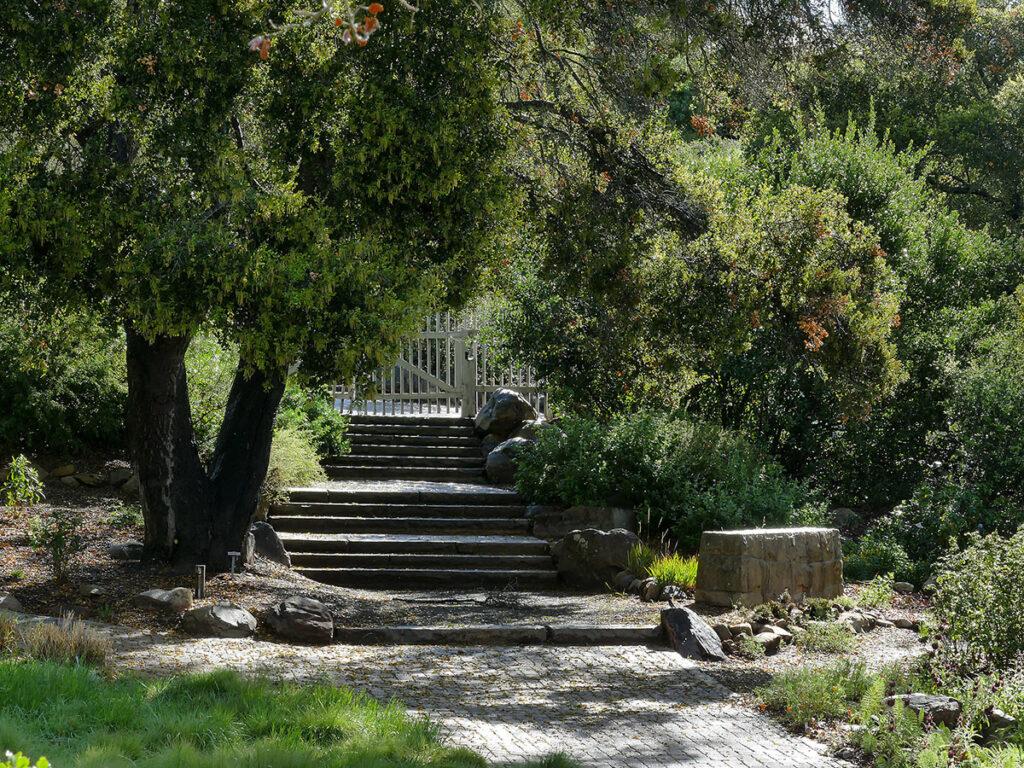
Clara Small Smith Entry Steps
Originally designed as the Garden’s main entry point, these stairs lead to the Blaksley Boulder and the Information Kiosk beyond. The steps are made from native sandstone. After descending the steps, visitors are delivered to the center of the Garden and treated to sweeping views of the Meadow Section framed by the Santa Ynez Mountains.
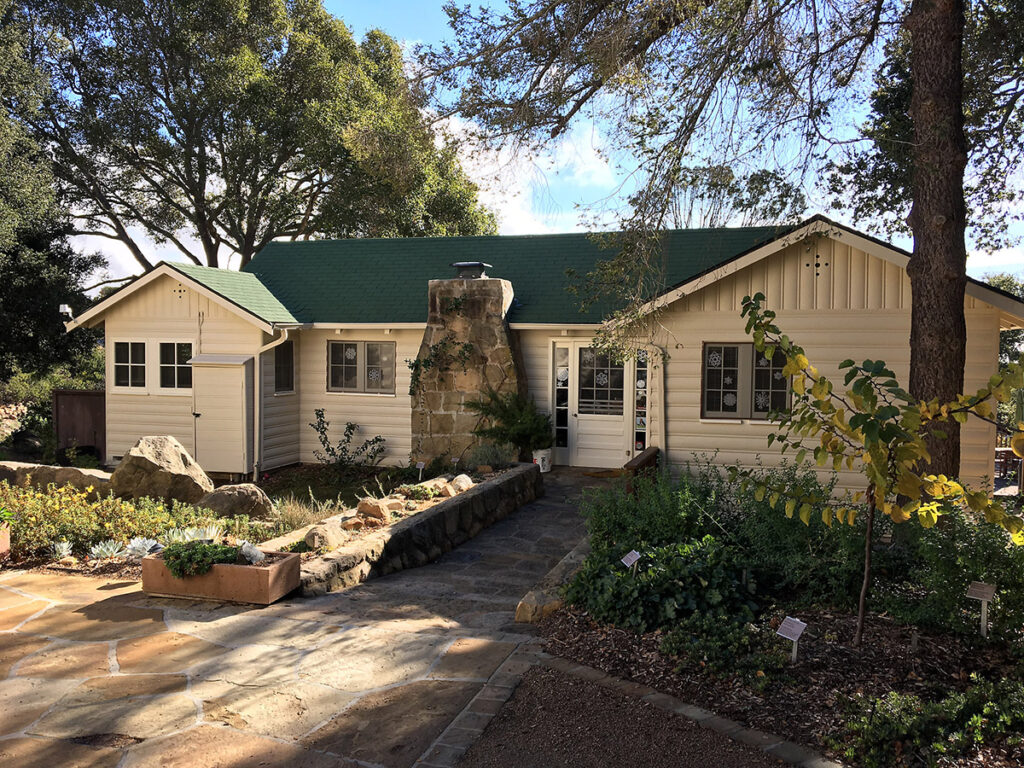
Caretaker’s Cottage
The Caretaker’s Cottage was one of the original buildings at the Garden. It began life in 1926 as a Sears, Roebuck, and Co. kit home that was built on site. It originally sat near the current site of the Blaksley Library and was moved to its present location in 1941 to make room for the new building.
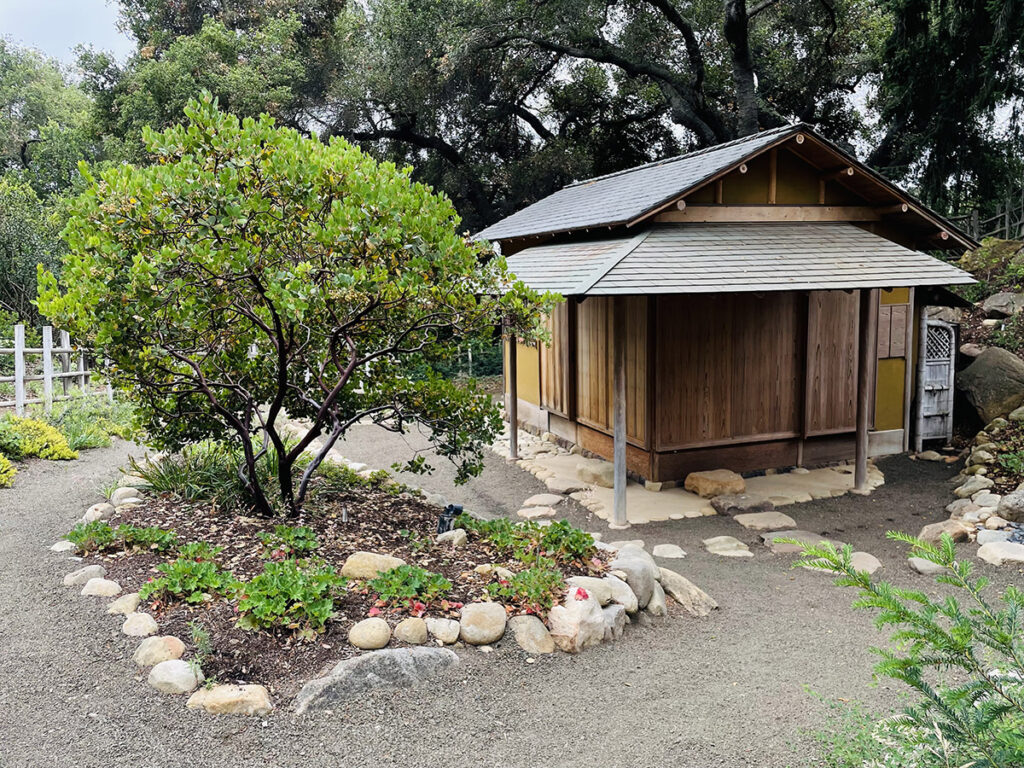
Ceremonial Teahouse
Located within the Garden’s Arroyo Section, California’s native plants are used to re-create a traditional Japanese tea garden to frame our Shin Kan An ceremonial teahouse. In partnership with Chanoyu of Santa Barbara, students come together to learn the traditional Urasenke way of tea under the instruction of Mrs. Sokyo Kasai.
Garden visitors are invited to observe demonstrations throughout the year. See the Garden’s calendar for upcoming dates and times.
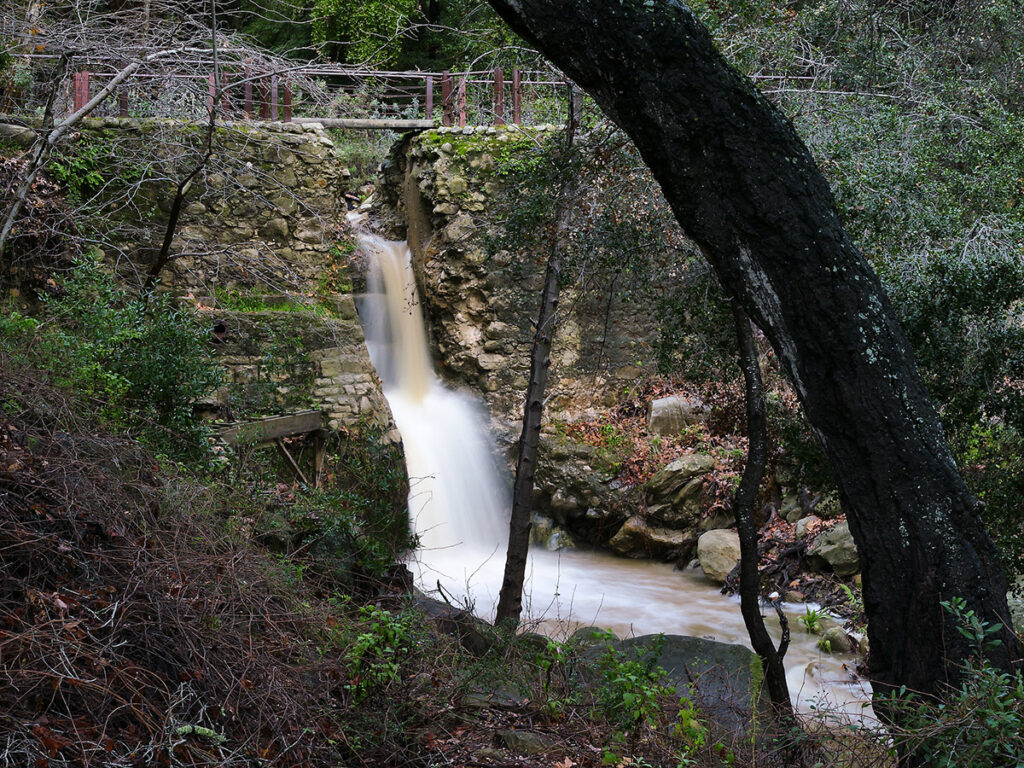
Mission Dam and Aqueduct
Built between 1806 and 1807, the Mission Dam and Aqueduct were constructed to supply the Old Mission Santa Barbara with water. These historic features offer a window into Santa Barbara’s colonial history.
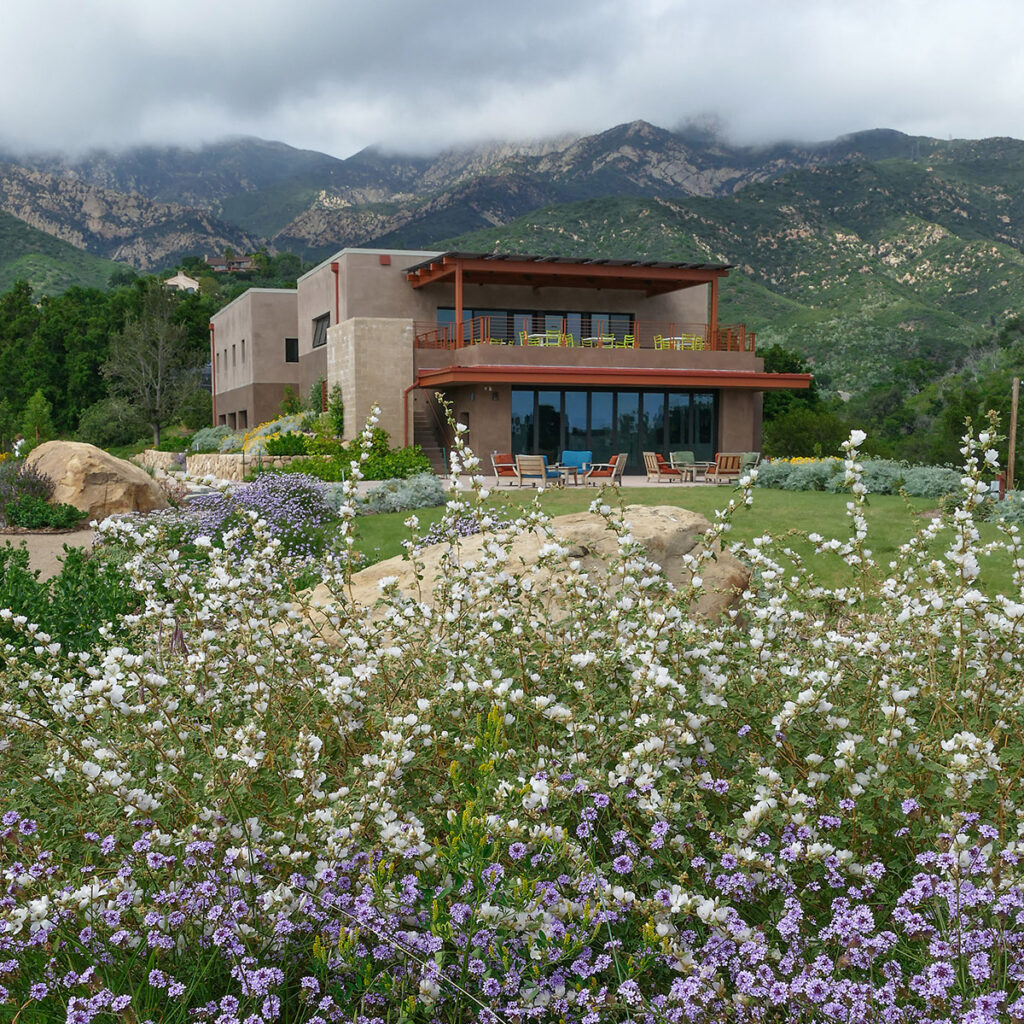
Pritzlaff Conservation Center Gallery
The downstairs gallery at the Pritzlaff Conservation Center is open to the public and showcases rotating exhibits focused on the intersection of art and science. Historical objects, archival materials, and artworks on view are typically from the Garden’s permanent collection or are contributed by featured artists.
From Genes to Ecosystems
Pritzlaff Conservation Center
Built in 2016, the Pritzlaff Conservation Center is the epicenter for the Garden’s conservation activities. This building is home to many things, including the Conservation Seed Bank, the Clifton Smith Herbarium, the Lichenarium, the Fungarium, the Tissue Bank, the Bugs collection, multiple lab spaces, and office spaces.
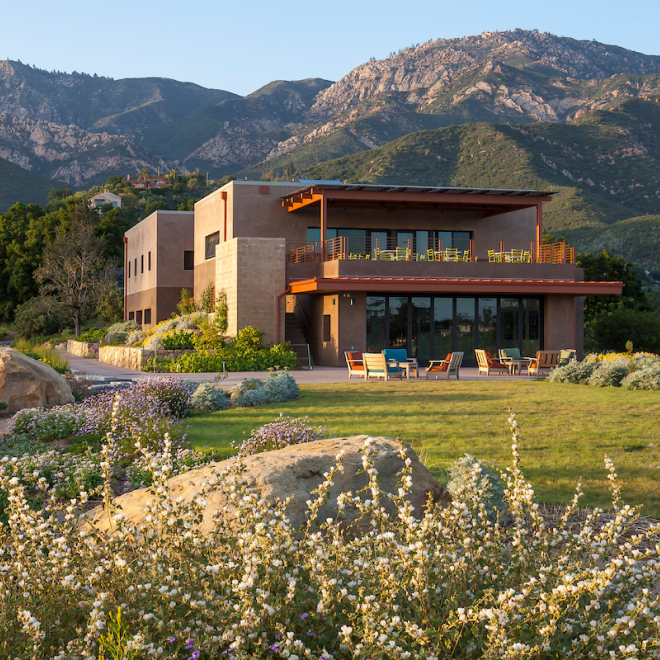
The Pritzlaff Conservation Center
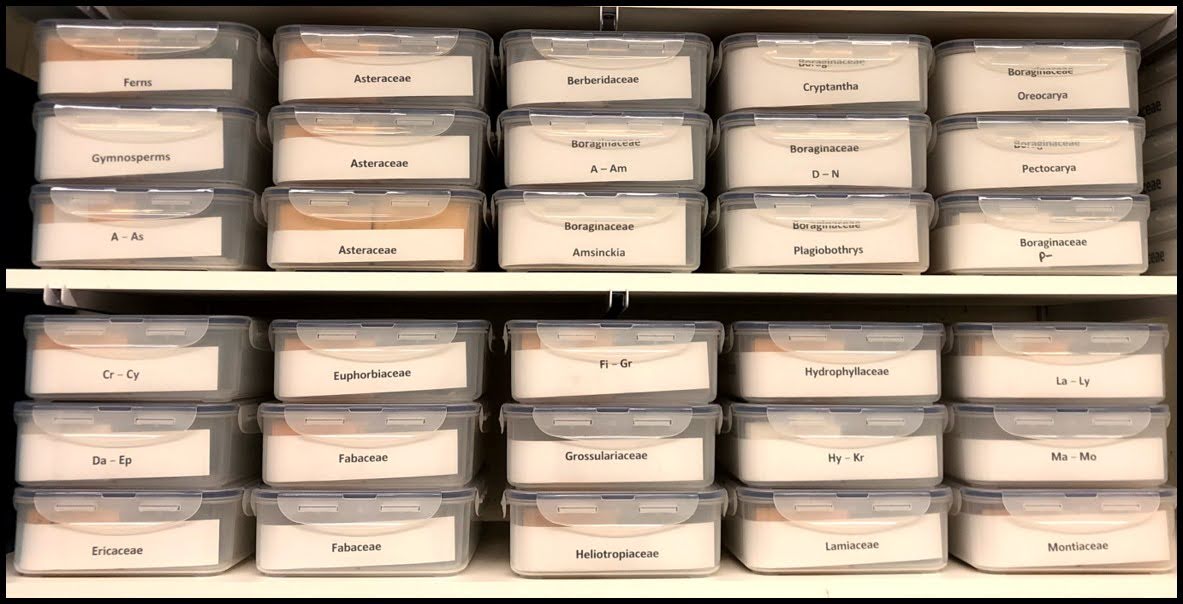
The Pritzlaff Conservation Center is home to our Tissue Bank. Airtight containers provide stable long-term storage for leaf tissues for future DNA-based studies.
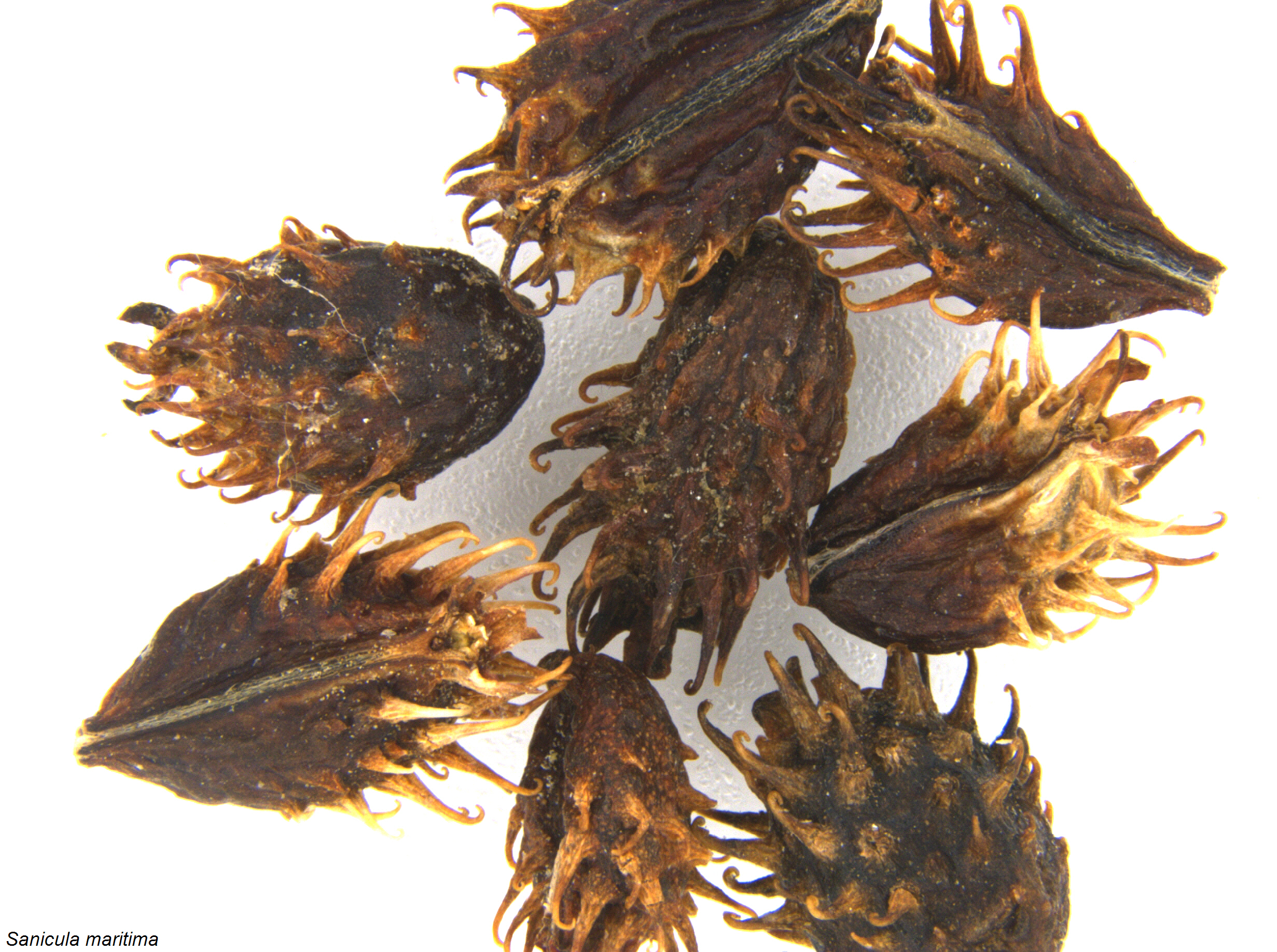
The Pritzlaff Conservation Center is home to our Conservation Seed Bank. Shown here is adobe snakeroot (Sanicula maritima), one of the hundreds of rare plant species in our collection.
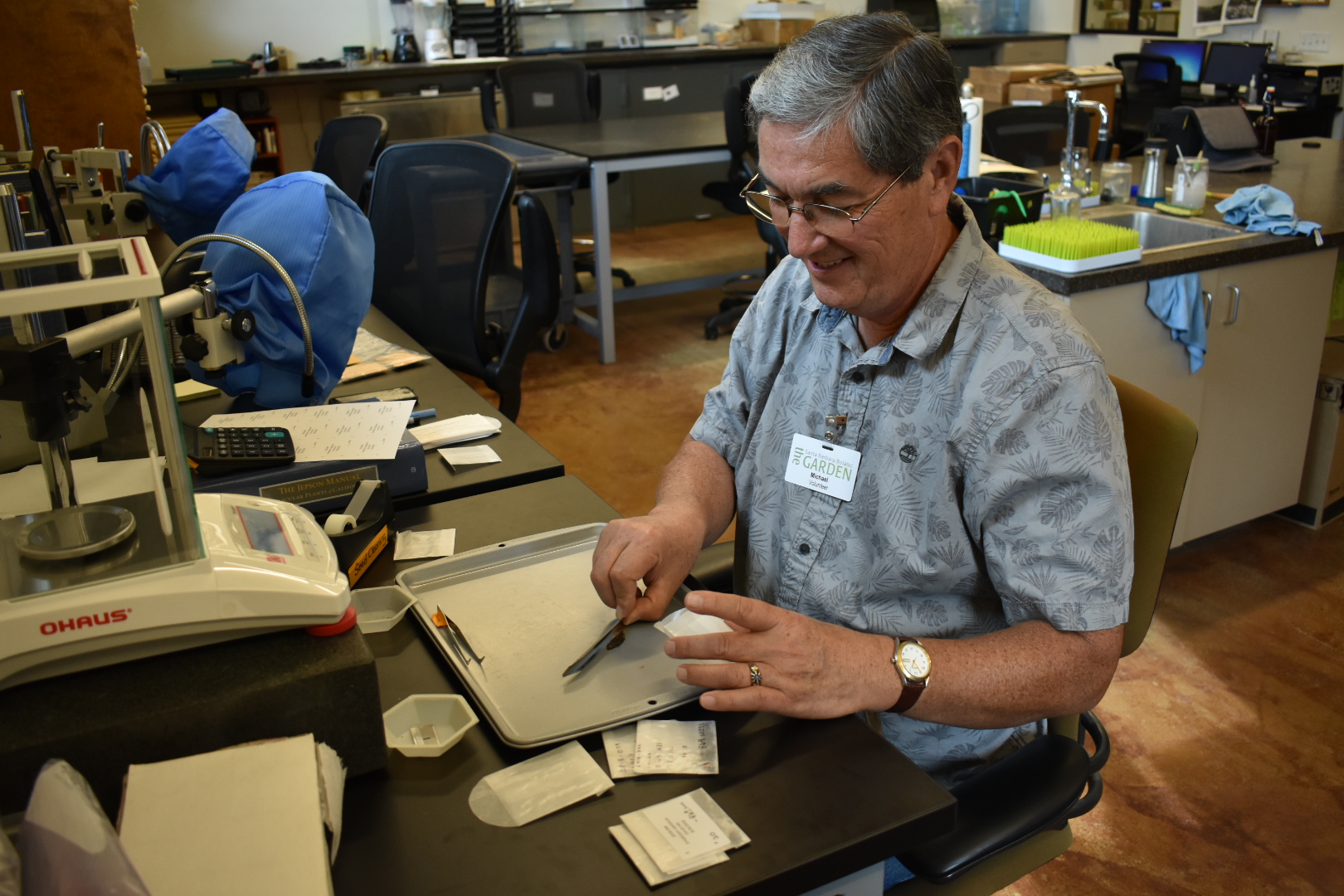
We appreciate volunteers like Michael Whitman, seen here working in the Seed Bank.
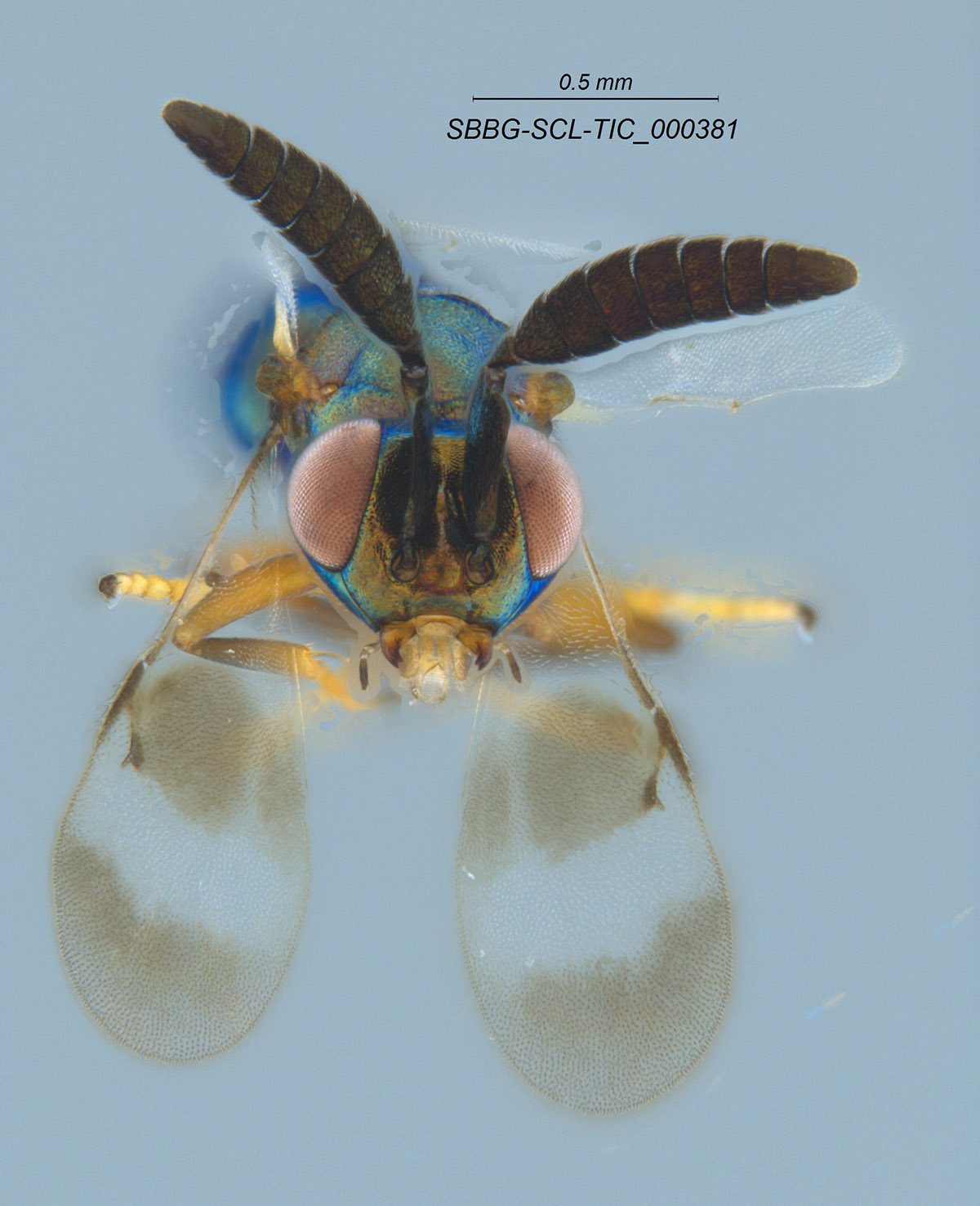
The Pritzlaff Conservation Center is home to our Bugs collection.
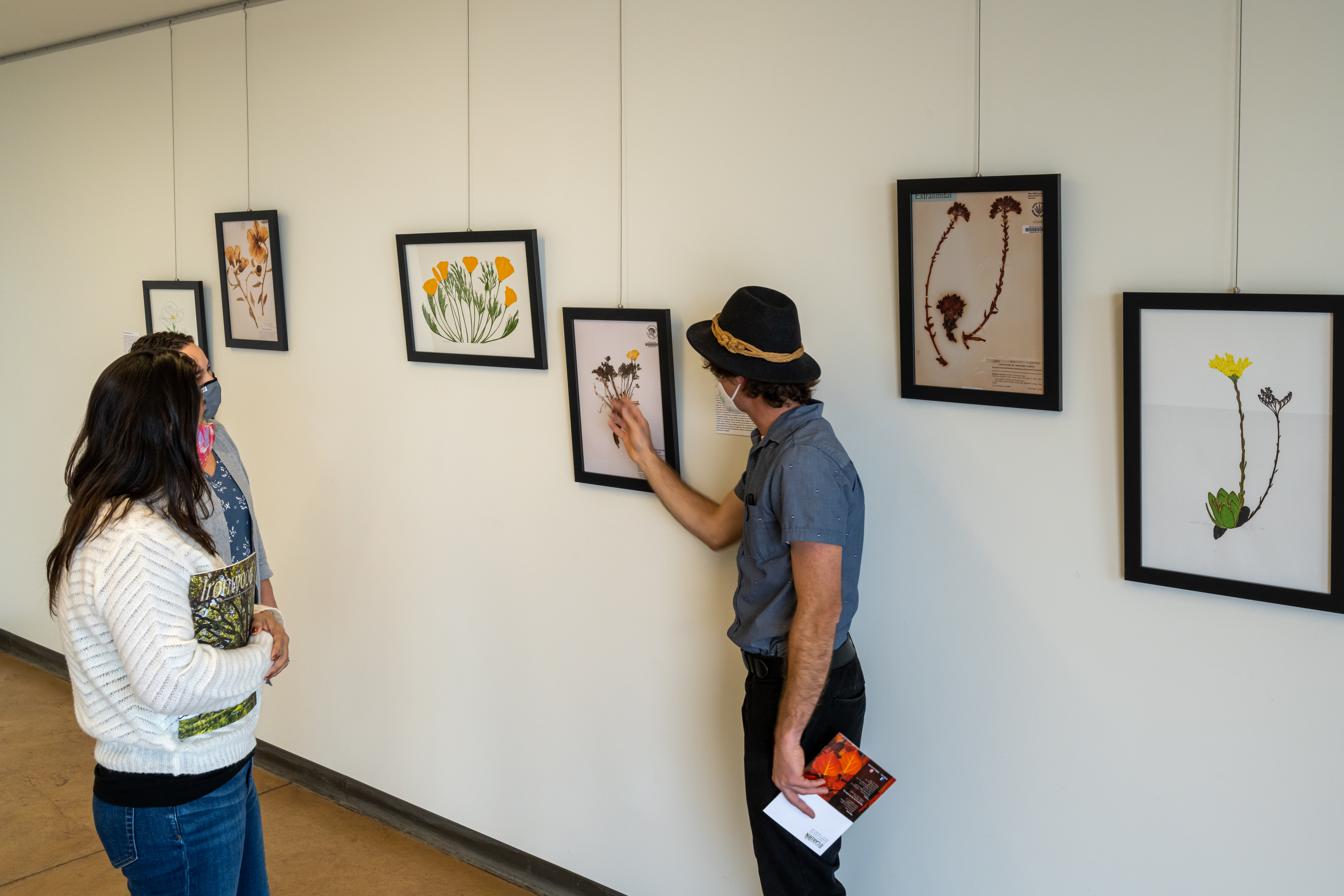
“Pressed: Botanical Art and the Herbarium” featuring work from Henry Evans (Photo: Greg Trainor)
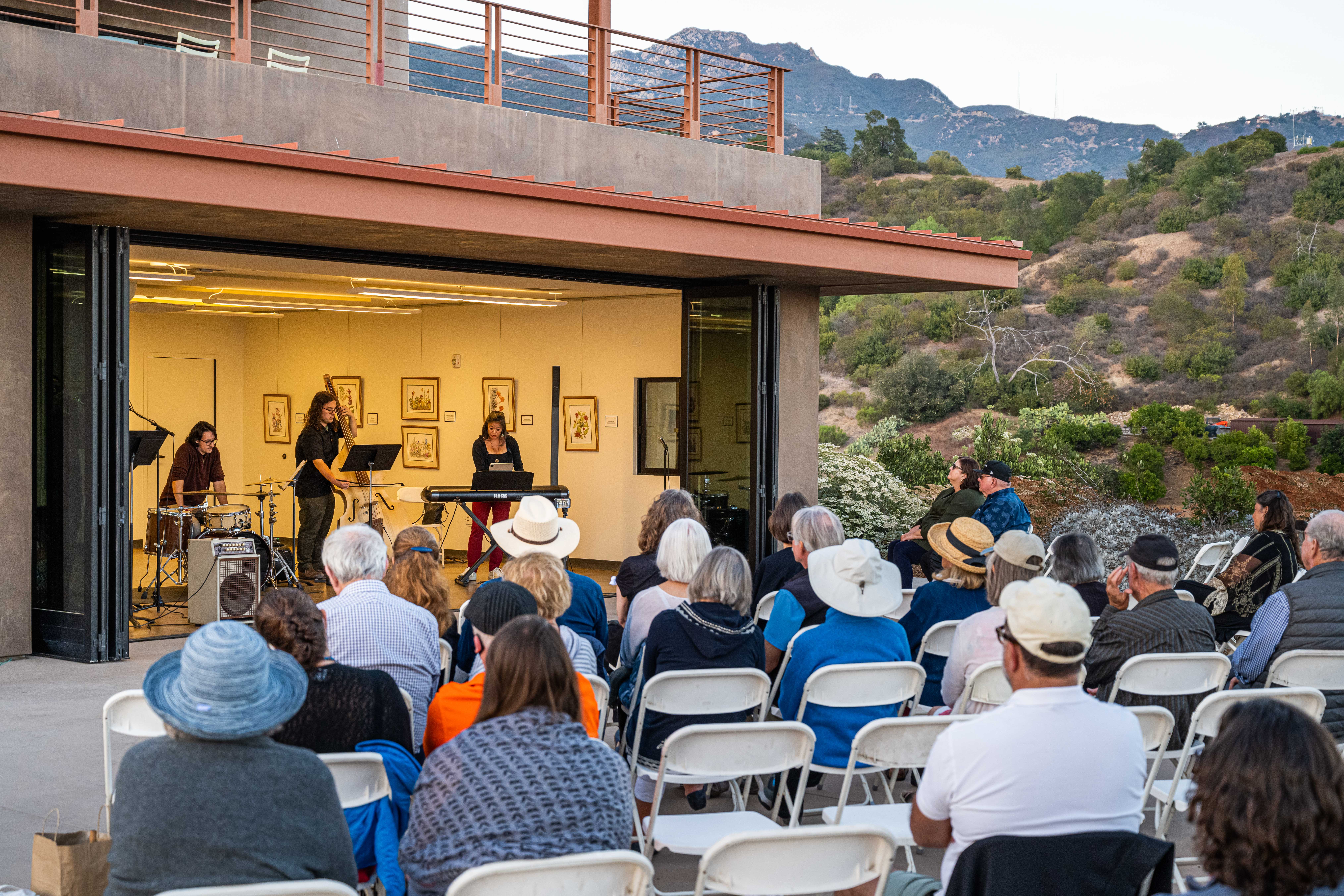
Channel Islands Chamber Orchestra playing in the Pritzlaff Conservation Center Gallery
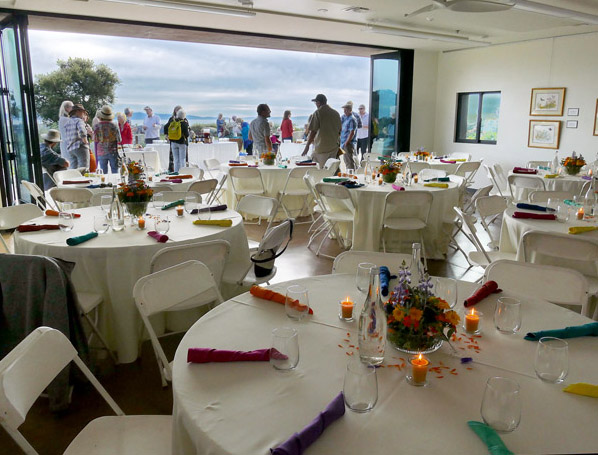
Private event in the Pritzlaff Conservation Center Gallery
Beauty is the Gateway to Conservation
Pritzlaff Conservation Center Gallery
The downstairs Pritzlaff Conservation Center Gallery is open to the public and showcases rotating exhibits focused on the intersection of art and science. Historical objects, archival materials, and artworks on view are typically from the Garden’s permanent collection or are contributed by featured artists.
Come Observe Our Teahouse
Welcome Chanoyu of Santa Barbara
We are proud to partner with Chanoyu of Santa Barbara, a group learning the traditional way of tea ceremony. Coming together in the Garden’s Shin Ka An Teahouse, the group practices the Urasenke Tradition of Tea under the instruction of Sokyo Kasai.
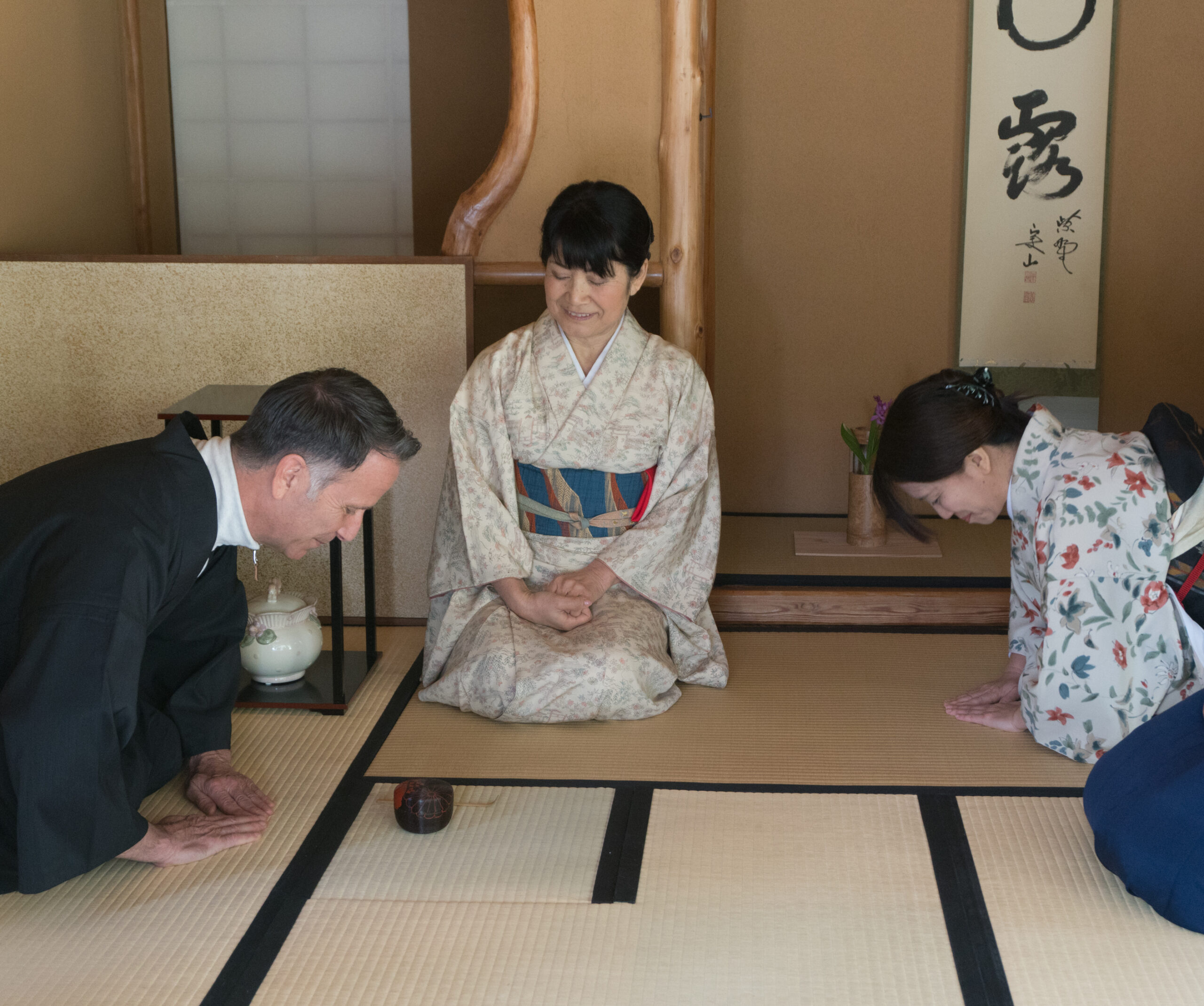
Teahouse ceremony at the Garden
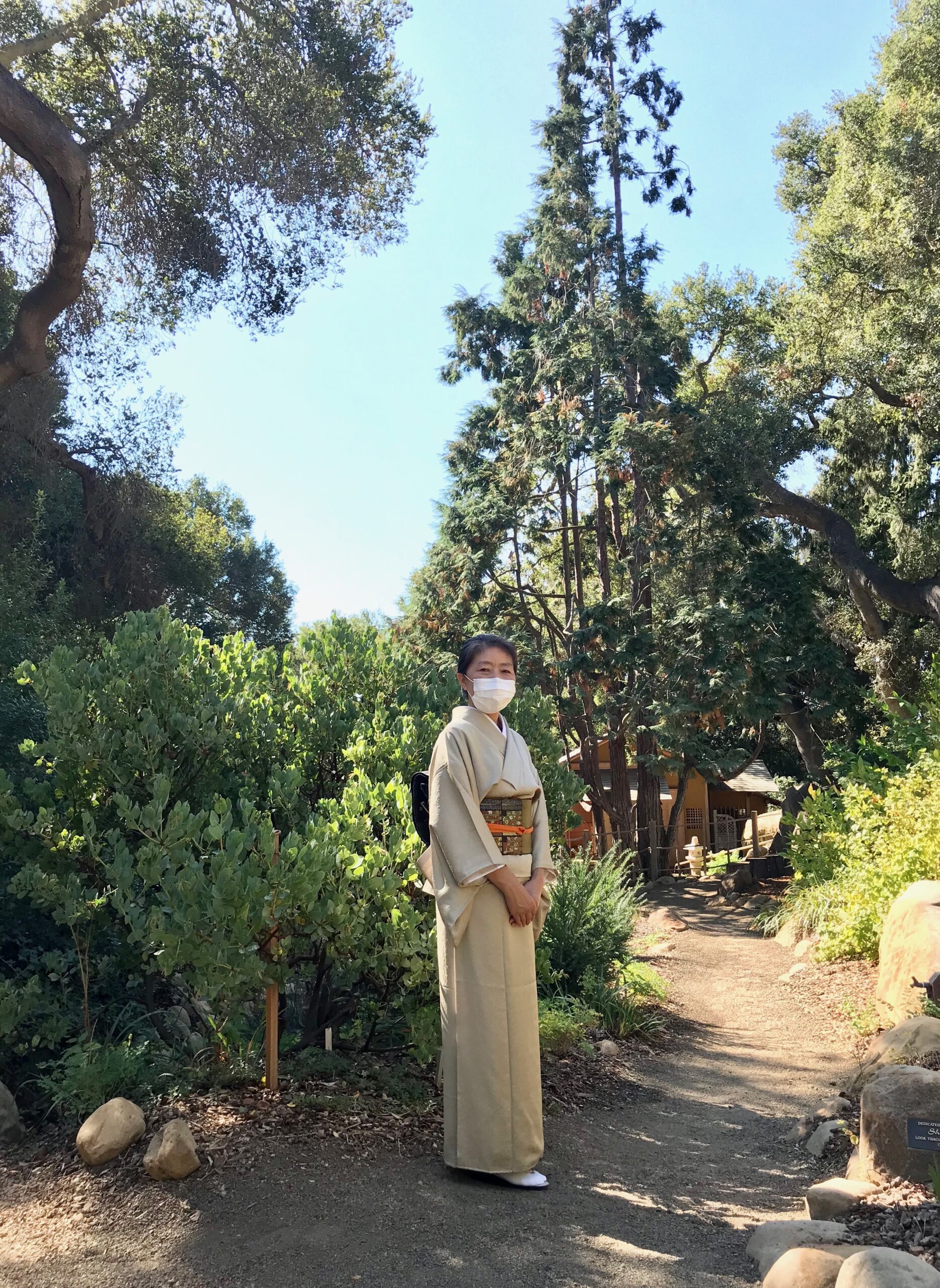
 Donate
Donate